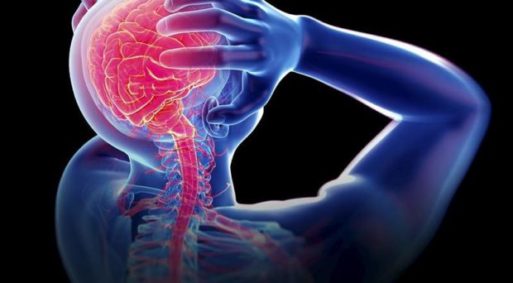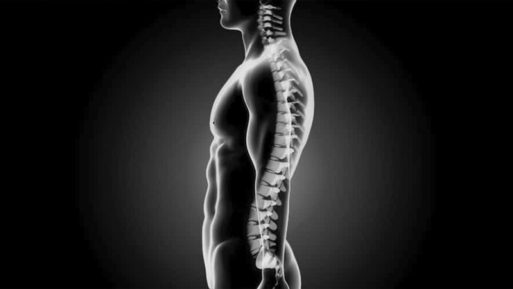
Credit: biomedcentral.com
With the U.S. opiate-related death toll still on the rise, American innovators are searching for new and better ways to combat intractable chronic pain. Pharmaceutical companies have been scrambling to develop safer, abuse-deterrent drugs, some of which have already been approved by the FDA. At the same time, researchers have been working on a number of new technologies, such as transcranial magnetic stimulation, which successfully relieves treatment-resistant depression, and wearable patches that deliver mild electrical shocks. Yet another nascent technology relies on spinal cord stimulation, a decades-old treatment that has heretofore delivered only sporadic relief for patients with severe chronic pain.
What Is Spinal Cord Stimulation?
Spinal cord stimulation is a form of pain control that delivers low-voltage electrical current to the spinal cord in an attempt to disrupt pain signals going to the brain. It is not a treatment for any disease. Rather, it’s a specific intervention for the relief of severe, persistent pain.
Typically, the first step in spinal cord stimulation is a trial period, in which a doctor inserts electrodes through the skin and attaches them to predesignated areas on the spinal cord. Then he attaches the electrodes to a battery-powered device that delivers low-voltage electrical current to the nerves of the spinal cord. Although the exact mechanism of action is unclear, experts believe that the electrical current interferes with the transmission of pain impulses to the brain.
If the trial is successful, the doctor next performs a surgical procedure in which he implants the battery pack under the skin, usually in the buttocks or the abdomen.
Drawbacks to Spinal Cord Stimulation
Unfortunately, spinal cord stimulation has several therapeutic drawbacks. The most important of these is that results vary a great deal. Historically, only about 50 percent of patients who receive the treatment achieve at least a 50 percent reduction in their pain. Additionally, only patients with certain types of pain are good candidates for the therapy. It works best for people with localized pain in the extremities or the trunk. What’s more, complications, including movement of the electrodes, are common and difficult to fix.
Lastly, the procedure to implant a spinal cord stimulator is expensive. According to a 2009 report in the Journal of Neurosurgery, the cost to Medicare in 2007 was nearly $33,000, and the private insurer Blue Cross/Blue Shield paid almost twice that amount. Additionally, the cost of maintaining the devices, including managing complications, was between $5,000 and $7,200 per year. Given the dramatic increase in healthcare costs over the past decade, these numbers may well be higher today.
For all of these reasons, pain doctors have long considered spinal cord stimulation a treatment of last resort.
New Technology May Deliver Better Results
Today, however, an Indiana startup is working on a new way to make spinal cord stimulation a viable and effective option for more patients with intractable chronic pain. The company, Drug Free Therapeutix, is marketing a proprietary algorithm developed by Purdue University biomedical engineer Matthew Ward.

Matthew P. Ward performs research on EXACT
Credit: Purdue Research Foundation
Known as extraneural activation control technology, or EXACT™, the patented software “teaches” spinal cord stimulators to adapt to changes in the patient’s physiologic response. The goal is to create “personalized pain management solutions” based on biofeedback and, in some cases, input from the patient and their physician. According to Medium, preclinical data suggests that the software could increase the spinal cord stimulation response rate from under 50 percent to about 80 or 90 percent.
Drug Free Therapeutix is currently seeking partners in the medical device industry, so the technology is not available at this time. There will also likely be a period of clinical trials to assess the software’s safety and efficacy in humans, so we probably won’t see EXACT™ on the market any time soon. Nevertheless, the technology is a ray of hope for millions of Americans who are struggling with chronic pain in the face of restricted access to prescription opioids.

 Spinal Cord Stimulation: An Alternative to Opioids
Spinal Cord Stimulation: An Alternative to Opioids



 Passing of Beloved Comedian Births a New Comedy Festival
Passing of Beloved Comedian Births a New Comedy Festival

 The Spiritual Symbolism of Cardinals
The Spiritual Symbolism of Cardinals














